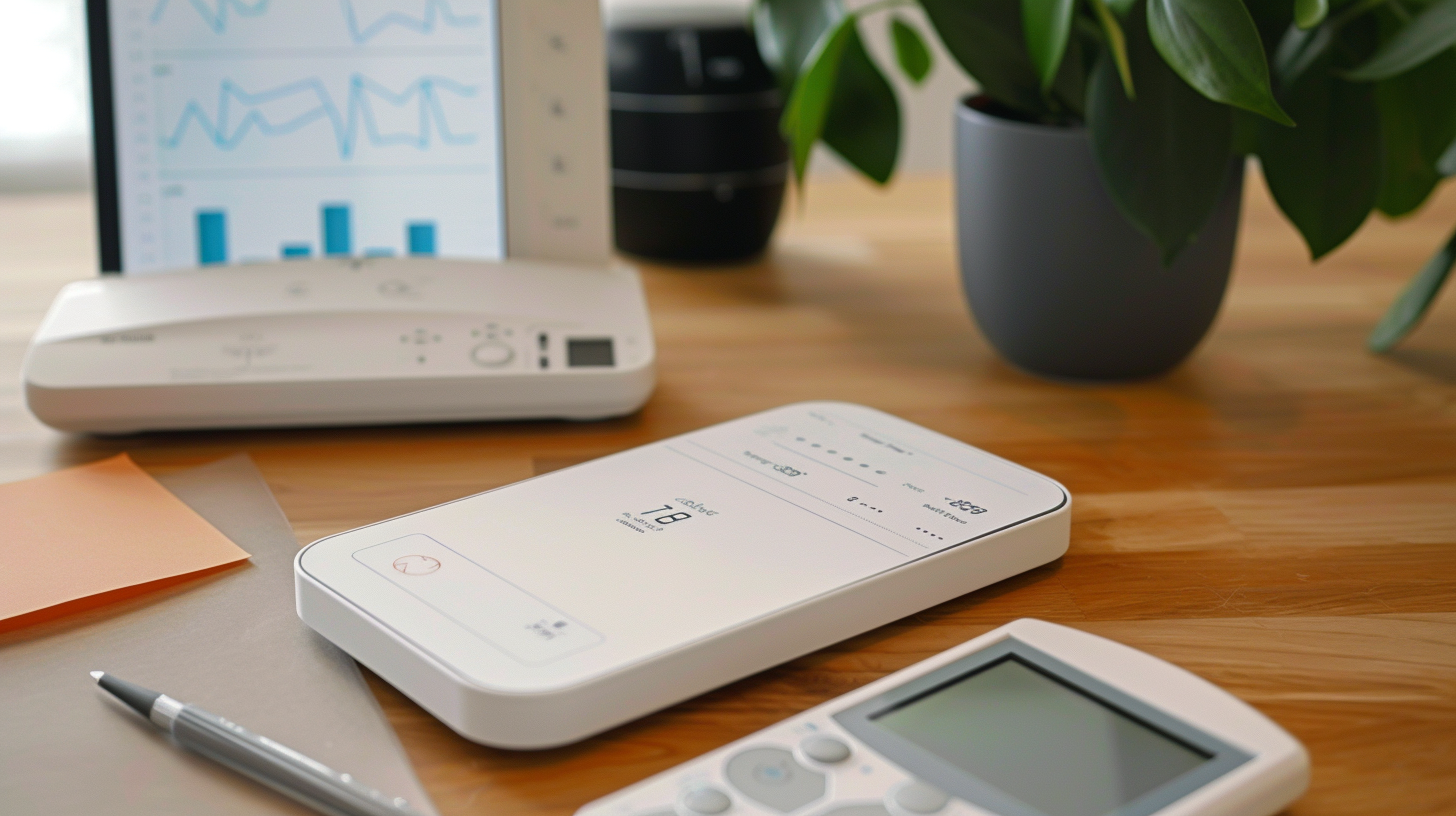Eli Lilly has officially crossed the $1 trillion valuation mark, becoming the first pharmaceutical company in history to join a market-cap club previously dominated almost entirely by technology giants. The milestone reflects a dramatic reshaping of the healthcare landscape, driven by surging global demand for next-generation weight-loss and metabolic health treatments.
Lilly’s rise has been nothing short of extraordinary. The company’s stock has rallied more than 35% this year alone, fueled largely by explosive growth in the obesity-drug category. Over the past two years, new and highly effective treatments have transformed weight-loss medicine into one of the most profitable segments in all of healthcare. What was once a niche market is now a multibillion-dollar engine attracting unprecedented consumer, medical, and investor interest.
At the center of Lilly’s success are two blockbuster drugs: tirzepatide, marketed as Mounjaro for type 2 diabetes and Zepbound for obesity. Together, they have rapidly climbed to the top of global pharmaceutical sales charts, surpassing even Merck’s cancer drug Keytruda — long considered untouchable as the world’s best-selling medication.
Although rival Novo Nordisk pioneered the modern obesity-drug movement with Wegovy, Lilly seized momentum after early supply shortages hampered Wegovy’s rollout. Stronger clinical results, faster manufacturing scale-up, and broader distribution helped Lilly pull ahead in prescriptions and capture the spotlight as the dominant player in the sector.
The company’s latest quarterly results underscore that shift. Lilly generated more than $10 billion in revenue from its obesity and diabetes medicines—over half of its total $17.6 billion in quarterly sales. Investors now value the company at nearly 50 times its expected earnings, signaling confidence that demand for metabolic-health treatments will remain powerful for years.
The broader market seems convinced as well. Since Zepbound’s launch in late 2023, Lilly shares have surged more than 75%, outpacing the S&P 500’s impressive run. Wall Street analysts estimate the global weight-loss drug market could reach $150 billion by 2030, with Lilly and Novo Nordisk expected to control the vast majority of those sales.
Looking ahead, investors are closely watching Lilly’s upcoming oral obesity drug, orforglipron, which could receive approval as early as next year. Analysts expect it to extend the company’s dominance by offering a pill-based alternative to injectable GLP-1 medications—an option that could unlock even wider adoption.
Beyond drug development, Lilly’s growth is poised to benefit from planned U.S. manufacturing expansions and a federal pricing agreement that is expected to increase patient access. Although the deal may reduce short-term revenue per dose, analysts believe the expanded eligibility—potentially adding tens of millions of U.S. patients—will dramatically enlarge the long-term market.
With its market cap now rivaling major tech players, Lilly is increasingly being viewed as a “Magnificent Seven-style” stock again—an alternative for investors seeking high-growth prospects outside AI and digital infrastructure. Still, challenges remain, including pricing pressure and the need to sustain manufacturing capacity at unprecedented scale.
For now, Lilly’s ascent to the $1 trillion tier signals a new era in which metabolic-health innovation, not just technology, can redefine global market leadership.











